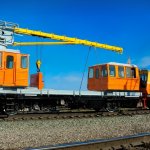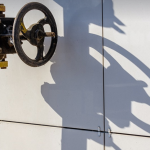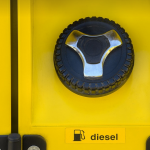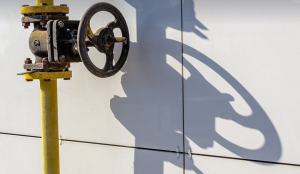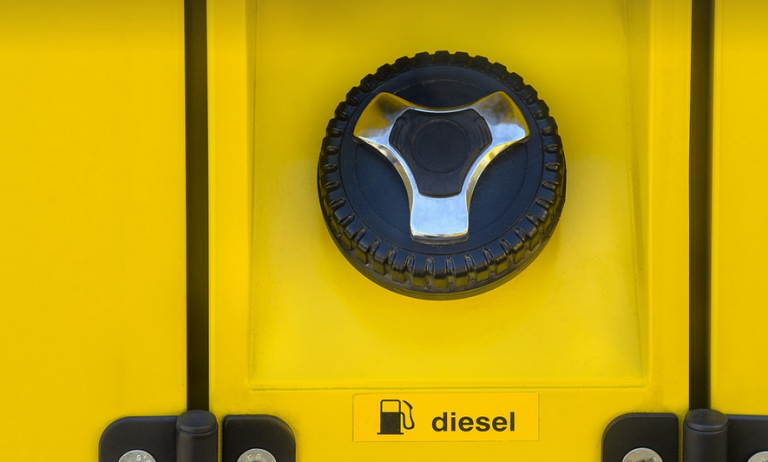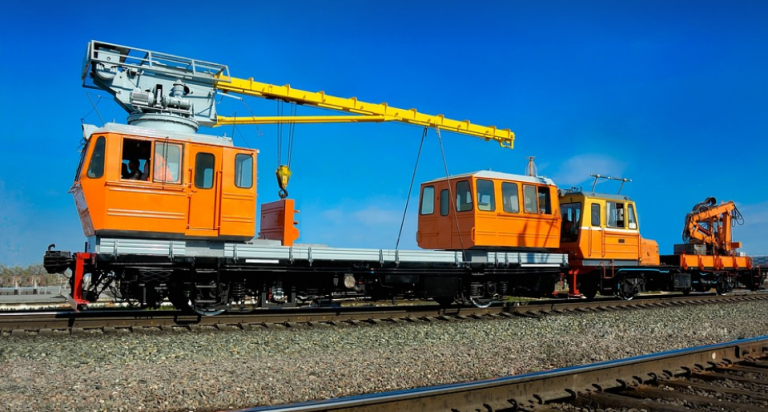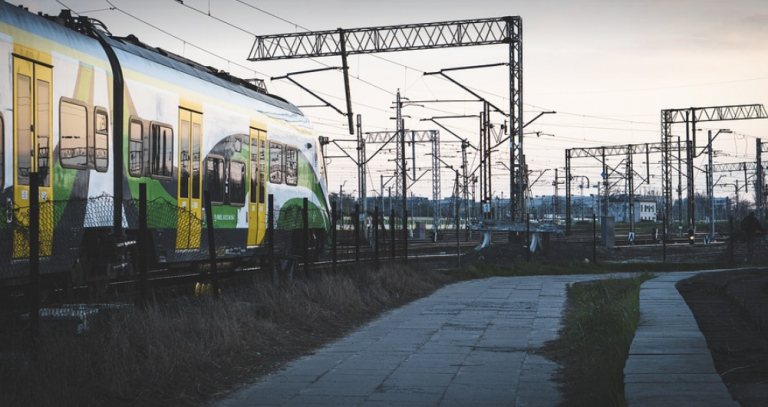Understanding the Challenges of Low Temperatures
LED lights, with their energy efficiency and vibrant colors, are a popular choice for outdoor spaces – from illuminating walkways and driveways to adding ambiance to your backyard. However, when temperatures plummet below freezing, a whole new set of challenges arise.
You see, not all LED lights are created equal! Just like us humans, these twinkling little devices have their limits. When exposed to the cold, they can struggle with performance and even become damaged. This is because the internal components, usually made from plastic and metal, can shrink in size due to the freezing temperatures, which then affects the light output.
Imagine a tiny circuit board struggling against the icy grip of winter! The circuitry inside these lights becomes more resistant to electricity flow when it’s cold. This resistance leads to reduced power delivery, resulting in dim lighting and even flickering. It can be like trying to run a car engine with a thick layer of snow on top of it—it just won’t start as smoothly.
Moreover, the cold significantly impacts the lifespan of LED bulbs. Their internal components, designed for warmth and operation under normal conditions, become more susceptible to damage when exposed to severe temperatures. They’ll begin to age faster, eventually leading to premature failure.
How to Troubleshoot Problems with LED Lights in Cold Climates
If your LED lights start acting up, especially during the cold months, don’t panic! Before diving into troubleshooting, remember that even seemingly minor issues can lead to much bigger problems down the line if not addressed properly.
First and foremost, check for any obvious damage. Look closely at your LEDs for cracks, dislodged parts, or signs of water ingress. These could be the culprits behind your lighting woes. If you notice anything amiss, it’s best to consult a professional electrician for assistance.
Next, examine the power supply and wiring. Ensure all connections are secure and tight, preventing any loose wires that could lead to short circuits. Check if the circuit breaker or fuse is tripped, as this could be another culprit behind flickering lights. If you’re unsure about these aspects, it’s a good idea to seek professional help.
Also, consider the surrounding environment. Is there snow build-up on the light fixture? This can cause overheating and impede proper function. Clear any obstructing snow or ice from around the lights to ensure optimal air circulation and prevent unwanted stress on the LEDs.
Keeping Your LED Lights Safe & Efficient in the Cold
Now that you’ve tackled potential issues, let’s dive into preventative measures that can keep your LED lights powered up even during the coldest months. Here are a few tips to consider:
**Choosing the Right LEDs:** Opt for LEDs specifically designed for cold climates and intended for outdoor use. These LEDs come with extra insulation and weatherproof features, ensuring they can handle extreme temperatures and remain operational all year round.
**Proper Installation:** A well-installed setup is crucial. Make sure your LED lights are properly positioned and secured, away from direct wind or heavy snow loads. This will help prevent damage from harsh conditions and ensure even power distribution.
**Winter Protection:** Consider using protective covers for your lights during the winter months. These covers act as shields against temperature fluctuations and protect your LEDs from any potential damage caused by frost, rain, or other harsh weather elements.
The Future of LED Lighting in Cold Climates
The future of LED lighting in cold climates looks promising! Advancements in technology are paving the way for more robust and efficient LEDs that can withstand extreme temperatures. We’re seeing a surge in developments like:
* **Ceramic LEDs:** These LEDs utilize ceramic material which is known for its high heat resistance, making them ideal for use in challenging environments like cold climates.
* **Nanotechnology-based LEDs:** Utilizing nanotechnology, these LEDs can be engineered to minimize energy consumption even at lower temperatures, leading not only to energy savings but also a longer lifespan.
As technology evolves, these advancements will offer more durable and efficient LED lighting solutions for outdoor spaces, no matter the weather
